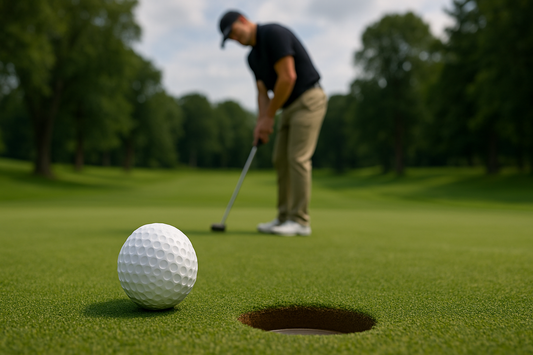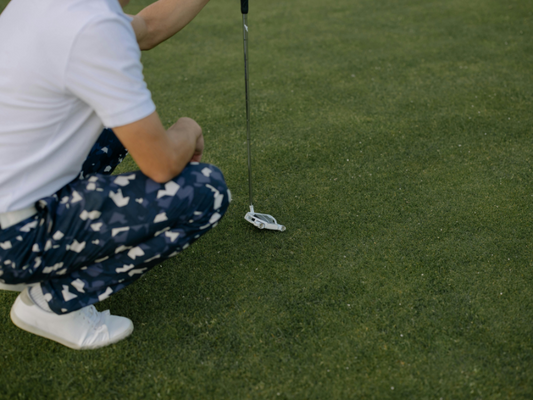I've experimented with left-handed putting twice in my golf career. Once during high school and college back in the '90s when I was searching for any edge I could find, and again about a decade ago when my conventional stroke hit a rough patch. Both times, the actual putting felt surprisingly natural. There's something liberating about approaching the ball from the opposite side, like you're seeing the green with fresh eyes.
But here's what I learned: the stroke is only half the battle. The first time I tried it in an actual round, I spent more mental energy figuring out where to stand and how to mark my ball without creating traffic jams than I did reading putts. I'd line up a six-footer perfectly, then realize I was blocking someone's line and have to start my entire routine over. By the back nine, I was so mentally exhausted from navigating the logistics that I switched back to conventional just to simplify my life.
That's the thing about left-handed putting. While the stroke might feel natural, everything else about the game seems designed to work against you.
The Equipment Hunt Never Ends
Finding a decent left-handed putter is like searching for a parking spot at Augusta during Masters week. Most pro shops carry maybe two or three lefty options, usually buried in the back corner next to the umbrellas nobody wants. Meanwhile, righties get entire walls of putters to choose from, with every possible head shape, length, and lie angle you could imagine.
I've known left-handed players drive three hours to find a shop that stocks more than the basic blade putter and one mallet option. And don't even get me started on custom fitting. Half the club fitters I know have never properly fit a left-handed putter because they see so few of them.
The real kicker is that most lefties end up settling for whatever's available instead of finding the putter that actually matches their stroke. You wouldn't buy shoes that don't fit, but somehow we expect left-handed golfers to make do with whatever putter happens to be in stock.
Unfortunately, there's no real solution to this equipment hunt frustration. If you're a lefty and you find a shop that actually stocks decent gear for south paws, then you've hit the jackpot!
The Hidden Stroke Advantages

Here's what most people don't realize about left-handed putting: the mechanics actually work in your favor once you understand them. While righties struggle with their dominant right hand taking over and creating unwanted wrist action, lefties get to use their stronger left hand as the guide hand—the one that controls direction and keeps the stroke on plane.
I've noticed that left-handed putters tend to naturally develop cleaner stroke paths. Their left arm creates a more stable framework for the putting motion, and the right hand just rides along for support. It's the reverse of what causes most right-handed players to get "handsy" with their putting.
There's also something about the way left-handed putters set up to the ball that promotes better shoulder alignment. Maybe it's because they've had to be more intentional about their setup since nothing feels automatic, but I see fewer left-handed players with the closed shoulder position that plagues so many righties.
The real advantage shows up in pressure situations. Since left-handed putters have always had to be more deliberate about their technique, they tend to have more conscious control over their stroke when things get tense. They've built their putting game from the ground up rather than just mimicking what looks natural.
And here's something interesting: left-handed putters often develop better distance control because they've learned to trust their stroke mechanics rather than relying on visual cues that might not apply to their setup. When you can't just do what feels "normal," you're forced to develop a more technical, repeatable approach. That pays dividends when the pressure's on.
Solutions That Actually Work

The key to successful left-handed putting isn't just finding the right technique, it's also about developing systems that work within the constraints of a right-handed game. Start by finding a putter that truly fits your stroke, even if it means ordering online or traveling to get properly fitted. The extra effort pays off in confidence and consistency.
Develop a pre-putt routine that includes checking your positioning relative to other players' lines. Make it automatic so you're not thinking about logistics when you should be focused on making putts.
Practice reading greens from multiple angles, not just your natural stance position. Left-handed putters often develop better green-reading skills because they have to work harder at it. They tend to be more creative with their lines because the obvious choices don't always work for them.
Your left-handed putting stroke isn't a disadvantage. Once you learn to navigate the right-handed world around it, that difference can become your secret weapon on the greens.





